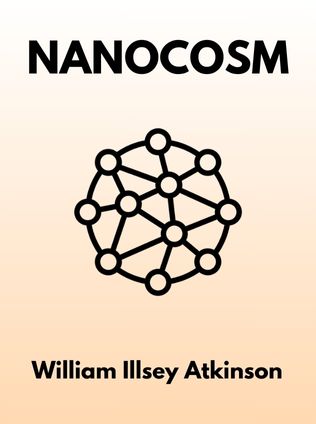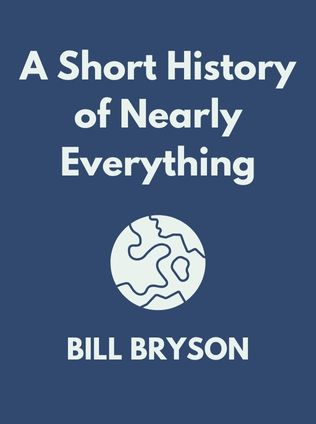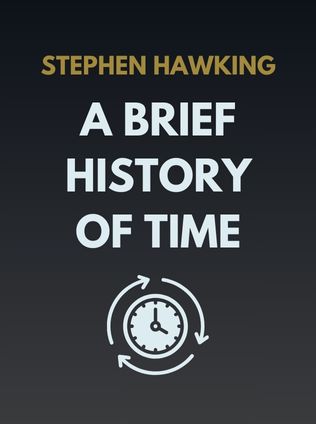
Nanocosm
Nanotechnology and the Big Changes Coming from the Inconceivabley Small
By William Illsey Atkinson
Published 09/2004
About the Author
William Illsey Atkinson is a renowned technology consultant and writer, known for his ability to translate complex technological issues into accessible language for a broad audience. As the president of Draaken Communications, Atkinson has made significant contributions in interpreting technological issues for universities, institutes, and private firms. His book, Prototype, was a finalist for Canada’s National Business Book Award in 2002, highlighting his expertise and recognition in the field.
Main Idea
Nanocosm: Nanotechnology and the Big Changes Coming from the Inconceivably Small by William Illsey Atkinson delves into the revolutionary potential of nanotechnology. The book explores how the manipulation of matter on an atomic and molecular scale will transform various industries, from medicine and computing to engineering and beyond. Atkinson provides a comprehensive overview of the advancements in nanotechnology, the science behind it, and its future applications, aiming to shed light on both the realistic possibilities and the hype surrounding this emerging field.
Table of Contents
- 1. Lower, Slower, Smaller
- 2. Nanoworld
- 3. Nanotechnology Trends in World Development
- 4. Nanofornia
- 5. Wet Nanotech
- 6. Fullerenes, Buckyballs, and Hundred-Mile Elevators
- 7. Nano-Pitfalls
Lower, Slower, Smaller
Atkinson begins by emphasizing the significance of scale in understanding the natural world. He highlights Karl Marx’s assertion that “quantitative differences create qualitative difference,” illustrating how changes in scale can lead to entirely new perspectives and realities. For instance, viewing the Earth from space reveals a borderless world, a stark contrast to our ground-level view filled with geopolitical divisions.
“The most amazing thing about nature is her inexhaustible variety. Scientists, technologists, and theologians speak about nature or the world as if it were a unit. But there are limitless worlds and infinite natures.” – William Illsey Atkinson
Delving deeper, Atkinson introduces us to the nanocosm, a world where measurements are in nanometers, or one millionth of a millimeter. This realm, composed of self-assembled atoms, is poised to bring monumental changes to our everyday lives, from business to leisure. However, he cautions against overhyped expectations, advocating for a realistic understanding of nanotechnology’s current capabilities and future potential.
Nanoworld
The pace of technological advancement is accelerating, and nanotechnology is at the forefront of this transformation. Atkinson compares technological revolutions to political ones, noting that while the latter can happen overnight, the former usually unfold gradually. Yet, the speed at which nanotechnology is evolving suggests that significant changes are on the horizon.
Nanoscience, the study of matter at the nanoscale, reveals a world where traditional scientific disciplines converge. Dr. Doug Perovic from the University of Toronto explains that as each field advances, it collapses into a nanostructure. This interdisciplinary approach is critical for harnessing the full potential of nanotechnology.
One fascinating aspect of nanoscience is biomimicry, where scientists draw inspiration from nature’s designs to create new technologies. For example, the microscopic motors that power the flagella of E. Coli bacteria could be adapted for use in human-made devices, showcasing the potential for innovation at the nanoscale.
Nanotechnology Trends in World Development
Atkinson outlines the rapid commercialization of nanotechnology, driven by significant financial investments from both public and private sectors. Despite the dot-com bust that initially made investors wary, the promise of nanotechnology has rekindled their interest. Public funding, such as the US government’s National Nanotechnology Initiative, plays a crucial role in advancing research and development in this field.
Sign up for FREE and get access to 1,400+ books summaries.
You May Also Like
Factfulness
Ten Reasons We're Wrong About the World – and Why Things Are Better Than You Think
By Hans RoslingBraiding Sweetgrass
Indigenous Wisdom, Scientific Knowledge and the Teachings of Plants
By Robin Wall Kimmerer



















